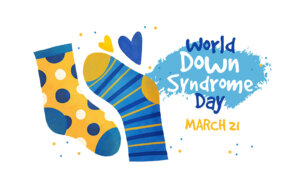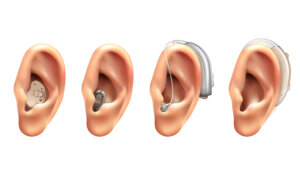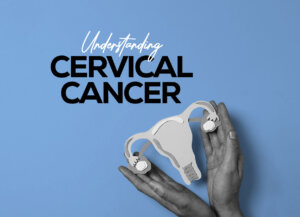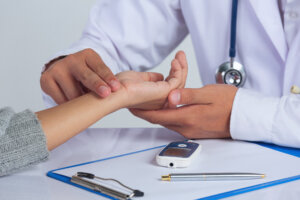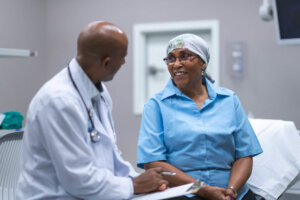World Sepsis Day holds on September 13 every year and is an opportunity for people worldwide to unite in the fight against sepsis. It creates awareness that sepsis can be prevented by vaccination and clean care. In addition, early recognition and treatment reduces sepsis mortality by 50%.
World Health Organization defines Sepsis as a life-threatening organ dysfunction caused by a dysregulated host response to infection. It is the body’s extreme response to an infection. It is a life-threatening medical emergency. Sepsis happens when an infection you already have triggers a chain reaction throughout your body.If not recognized early and managed promptly, it can lead to septic shock, multiple organ failure and death.
Most sepsis is caused by bacterial infections, particularly in low- and middle-income countries where it represents a major cause of maternal and neonatal morbidity and mortality but it can be a complication of other infections, including viral infections, such as COVID-19 or influenza.

WHO IS AT RISK?
Anyone affected by an infection, severe injury, or serious non-communicable disease can progress to sepsis but vulnerable populations are at higher risk (4) including:
- older persons,
- pregnant or recently pregnant women,
- neonates,
- hospitalized patients,
- patients in intensive care units,
- people with HIV/AIDS,
- people with liver cirrhosis,
- people with cancer,
- people with kidney disease,
- people with autoimmune diseases,
- people with no spleen.
SIGNS AND SYMPTOMS
Sepsis is a medical emergency and can present with various signs and symptoms at different times. Warning signs and symptoms include:
- fever or low temperature and shivering,
- altered mental status,
- difficulty breathing/rapid breathing,
- increased heart rate,
- weak pulse/low blood pressure,
- low urine output,
- cyanotic or mottled skin,
- cold extremities,
- and extreme body pain or discomfort (5-7).
Suspecting sepsis is a first major step towards early recognition and diagnosis.
COMMON CAUSES
According to WHO, in 2017 the largest contributors to sepsis cases and sepsis-related mortality across all ages were diarrheal diseases (9.2 to 15 million annual cases) and lower respiratory infections (1.8-2.8 million annually).
However, non-communicable diseases are on the rise; one-third of sepsis cases and nearly half of all sepsis-related deaths in 2017 were due to an underlying injury or chronic disease.
Maternal disorders were the most common non-communicable disease complicated by sepsis. Among children, the most common causes of sepsis-related deaths were neonatal disorders, lower respiratory infections, and diarrheal diseases.
PREVENTION
Taking steps to prevent the spread of infection can reduce your risk of developing sepsis. These include:
- Staying up to date on your vaccinations. Get vaccinated for the flu, pneumonia, and other infections.
- Practicing good hygiene. This means practicing proper wound care, handwashing, and bathing regularly.
- Getting immediate care if you develop signs of infection. Every minute counts when it comes to sepsis treatment. The sooner you get treatment, the better the outcome.
- Routine visits to the doctor and avoiding self-medications.
- Eating of healthy meals and regular exercise.
Sepsis is a significant cause of maternal, neonatal and child mortality. Consequently, combating sepsis will contribute to achievement of Sustainable Development Goals (SDGs) targets on quality of care, and by improving mortality rates in vulnerable populations. Sepsis can also ultimately lead to death in patients affected by HIV, tuberculosis, malaria, and other infectious diseases.
It is important to remember that sepsis is a medical emergency. Every minute and hour counts, especially since the infection can spread quickly.



